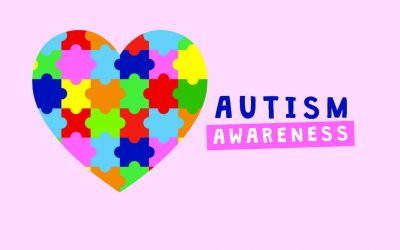The Biology of the Autistic Syndromes
3rd ed, by Christopher Gillberg and Mary Coleman, 330 pp, $95, ISBN
1-898683-22-0, London, England, MacKeith Press, 2000.
Reviewed by Andrew W. Zimmerman, MD
[This thanks to Lee Irwin’s autism newsletter. Subscribe to his
publication by sending e-mail to leeirwin@crosslink.net with the message”subscribe autism-advisor” http://archneur.ama-assn.org/issues/v59n3/ffull/nbk0302-3.html
This updated classic provides clear direction through the uncharted
waters of the emerging field of autism. The title defines the heterogeneity of autism and the text follows a logical course, with chapters on the clinical diagnosis of different subtypes, associated disease entities, current science, epilepsy, and the neurology of autism.
The areas of neuropsychology, genetics, and biochemistry are especially well covered and the references are exhaustive. In addition to updating new findings in imaging, neuropathology, and neurochemistry, this edition carefully delineates clinical subtypes of
autism and the association of autism with known genetic and medical disorders (“double-syndromes”). The authors show, in each of the 19 concise and well-written chapters, the shortcomings of current knowledge, and lay out strong guidelines for further research. Although at times “Eurocentric” in their viewpoint, the authors even-handedly cover the entire scope of literature on the subject.Their willingness to clearly discuss popular therapies (such as secretinand applied behavioral analysis) make this text useful for practitioners not familiar with the field as well as for knowledgeable parents.
One shortcoming is a lack of useful figures and illustrations, such as imaging studies and neuropathologic and electroencephalographic findings. While the chapter on genetics nicely outlines findings for each chromosome from both chromosomal and molecular studies, it could have been enhanced by figures or tables. The discussion of placebo effects, lack of randomization, small sample sizes, and definition of subtypes in autism drug studies are concepts just now beginning to be appreciated. In the final chapter on neurology, a “classical” approach to localization leads to a provocative discussion of
the possible origins and timings of lesions in utero that lead to
maturational defects in autism.
Few authors have so ably covered the entire field of autism, with openness to new ideas, emphasis on the importance of evidence-based treatments, and sensitivity to the rights and needs of persons with autism.
FEAT


